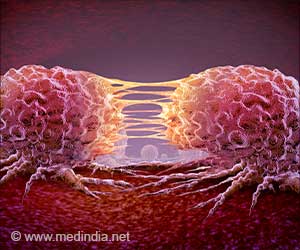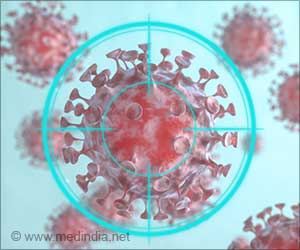A study has demonstrated that intensity-modulated radiation therapy (IMRT) for head and neck cancer can be uniformly delivered in a large health care system of academic and community cancer centers through a centralized planning and treatment process. These findings were presented by the University of Pittsburgh researchers at the 49th annual meeting of the American Society for Therapeutic Radiology and Oncology (ASTRO) in Los Angeles.
“Our study demonstrates that it is feasible for head and neck cancer patients to receive IMRT in their own communities without sacrificing high-quality care,” said Dwight Heron, M.D., associate professor of radiation oncology, University of Pittsburgh School of Medicine and director of radiation oncology, University of Pittsburgh Medical Center (UPMC). “This is possible through an integrated network in which treatment is standardized across all cancer centers.”According to study results, there were no significant differences in toxicity profiles and treatment outcomes in 604 head and neck cancer patients treated with IMRT at 12 community cancer centers and one academic flagship facility. Two hundred and forty-eight patients (41 percent) were treated at the flagship facility, and 356 patients (59 percent) received IMRT at one of the community centers. All 13 centers, connected through a telemedicine network, followed the same clinical pathway guidelines for the radiotherapy management of head and neck cancer, which included specific details on volumes for radiation treatment planning and recommended doses of IMRT. When the investigators compared outcomes between the academic center and the community centers, they found that there were no significant differences between survival or recurrence rates.
“By standardizing planning and treatment for IMRT, patients who live in remote locations can benefit from the same quality of care available at a large National Cancer Institute-designated comprehensive cancer center,” said Dr. Heron. “Bringing advanced radiation therapy to community locations can have a very positive effect on a patient’s quality of life by relieving the anxiety and stress of traveling for treatment.”
Source-Eurekalert
GAN/V










